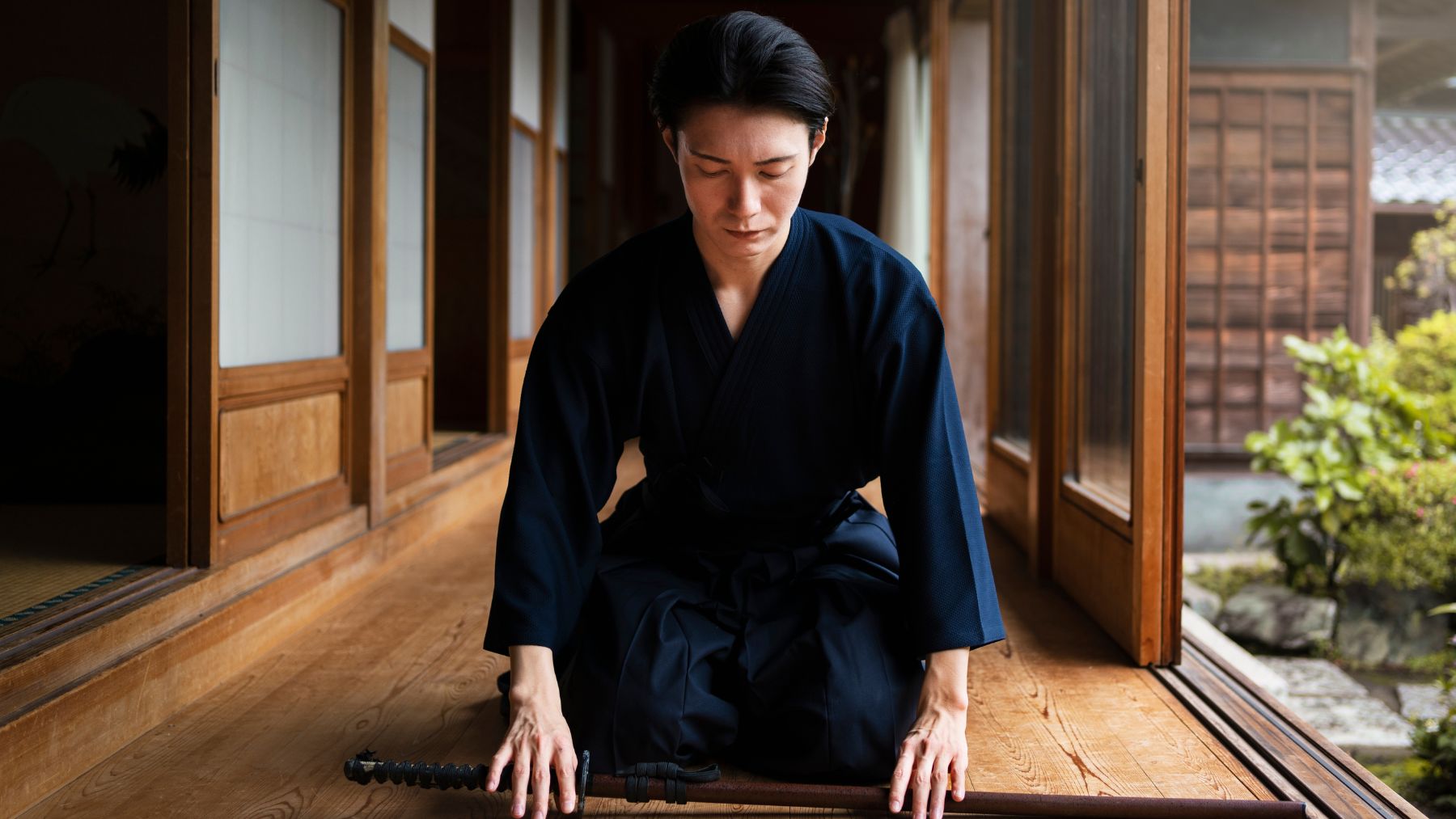Falls are one of the most common health concerns for seniors, and reducing that risk has become a growing priority as populations age. Strengthening the lower body is key, and now researchers highlight a surprising method rooted in samurai tradition. This ancient routine relies on mindful movements that are slow, controlled, and safe — making it an accessible way for older adults to protect mobility.
Unlike other workout trends, this practice doesn’t demand equipment, special training, or long sessions. Instead, it focuses on deliberate transitions between sitting, standing, and walking, done with intention and discipline. Scientists believe these movements could help older adults stay steady, improve balance, and maintain independence as years go by.
The samurai-inspired exercise that boosts strength
A recent randomized controlled trial published in the Tohoku Journal of Experimental Medicine examined the impact of Rei-ho, a traditional Japanese etiquette practice inspired by samurai discipline. Rei-ho involves slow and careful body movements that mimic everyday activities but with greater awareness and precision.
In the study, 34 healthy adults with no prior experience in Rei-ho were divided into two groups. One group continued with their normal routines, while the other practiced Rei-ho squats and sit-to-stand movements for just five minutes a day, four times a week. Over three months, the differences were striking.
Participants who followed this practice improved their knee extension strength by 25.9%, compared to just 2.5% in the control group. Since knee extension — the ability to straighten the knees — is vital for walking, standing, and climbing stairs, this improvement suggests that Rei-ho could help seniors avoid weakness that often leads to falls.
How to practice the samurai routine
The beauty of Rei-ho lies in its simplicity. It requires no gym machines or membership, and no heavy weights. Instead, it emphasizes controlled motions that build strength without strain. The routine generally includes:
- Slow sitting motions – lowering into a chair with steady, mindful control.
- Deliberate standing – rising carefully from seated position, engaging the legs.
- Walking with awareness – focusing on posture and balance in each step.
- Rei-ho squats and sit-to-stand exercises – about 20–22 repetitions per session.
- Consistency – five minutes per day, four days per week.
Because the movements are slow and intentional, the risk of injury is low. Unlike other strength routines that can spike blood pressure or put stress on joints, Rei-ho allows participants to train safely at their own pace.
Why it matters for older adults
Even though the study group didn’t include seniors, researchers argue the potential benefits may be greatest for older populations. With age, muscle mass and strength naturally decline, a process often leading to frailty and sarcopenia. This weakness is most evident in the legs, making everyday tasks more difficult and increasing the chance of falls.
Rei-ho provides a way to counteract this decline using nothing but body weight and focus. For seniors, that means an approachable routine that can be done at home without supervision or expensive equipment. Its short duration also makes it realistic for those who may struggle to commit to longer workouts.
The findings add to a growing body of evidence that traditional practices can carry modern health value. Co-author Akira Sato notes that Rei-ho is not only beneficial physically but also connects participants to a unique cultural tradition outside of Japan. This blend of heritage and wellness makes the practice stand out in a fast-changing world where health solutions often chase innovation.

